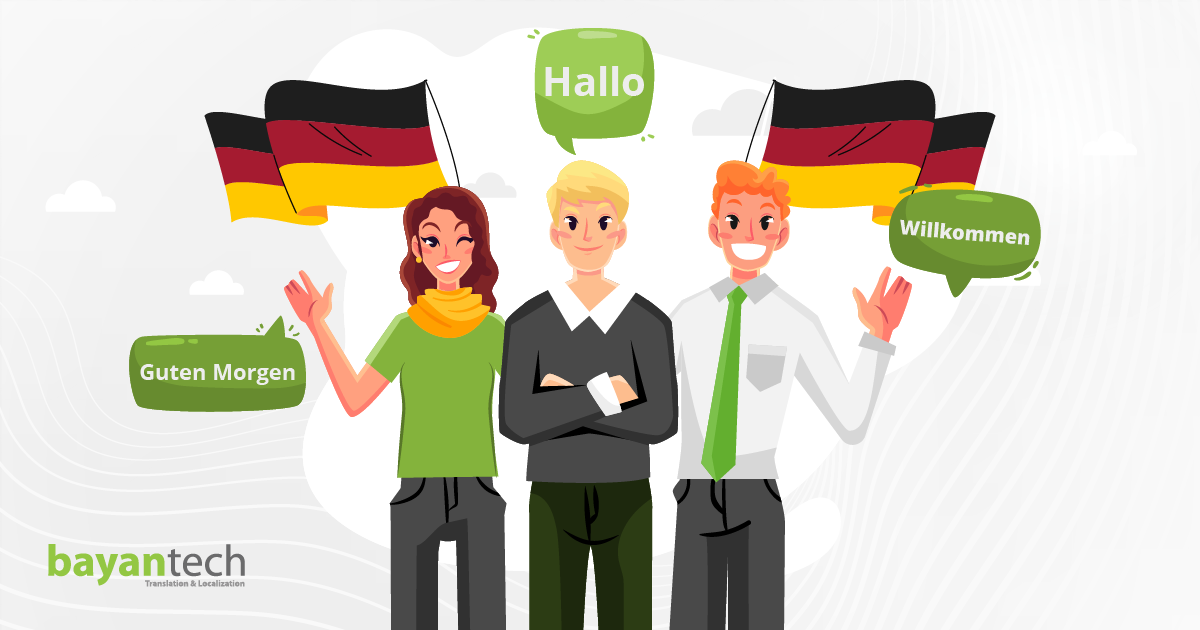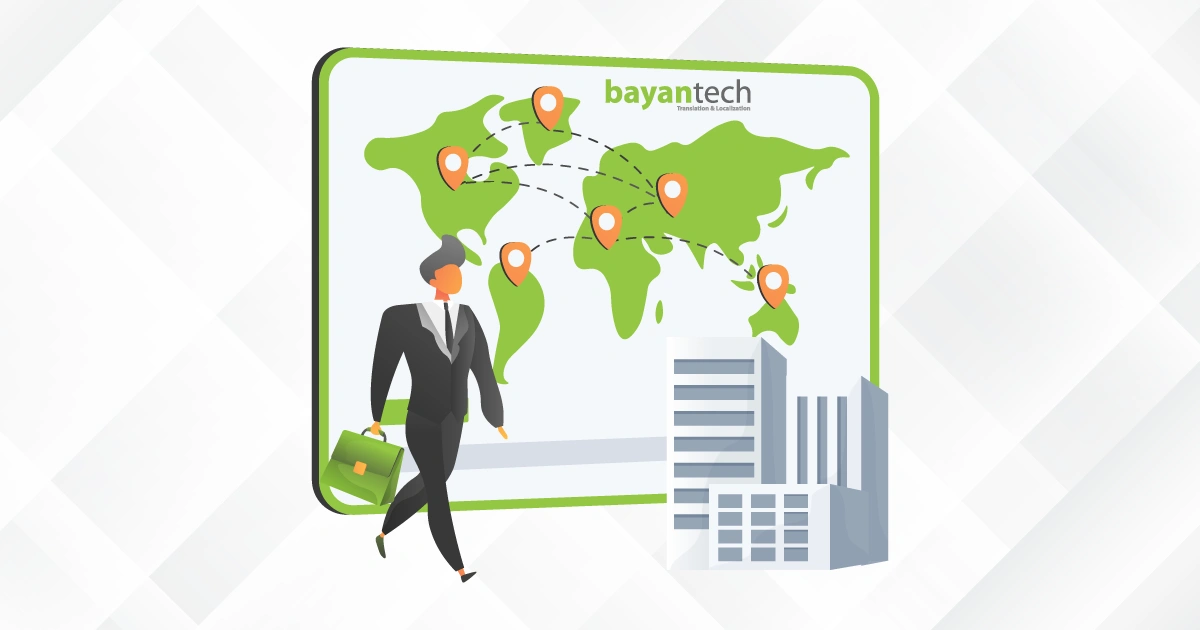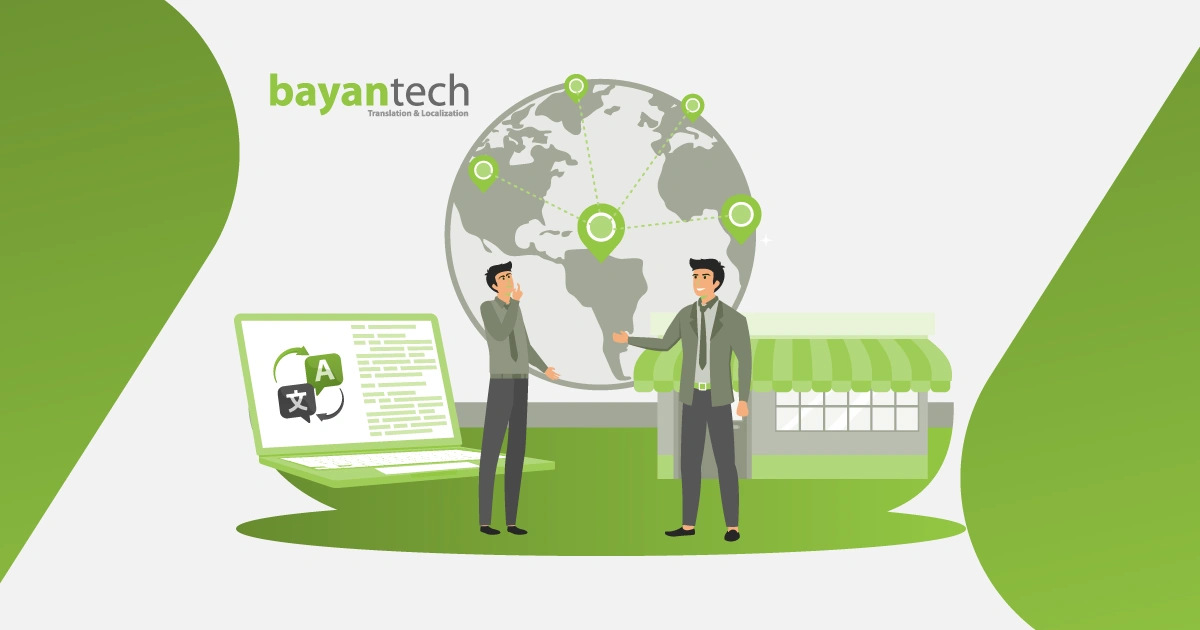The language of automotive industries, machinery, and scientific innovation is none other than—yes, you guessed it—German.
German is one of the most powerful languages in the world, holding political and economic influence not only in Europe but globally.
And it might surprise you that German is widely spoken in countries like Italy and Brazil, not just Germany.
That’s why we’ve compiled a list of German speaking countries to help your business have a clear idea of the German-speaking audience.
This way, your business will be ready to start German translation projects with enough knowledge about German-speaking regions and their dialects.
German Speaking Countries
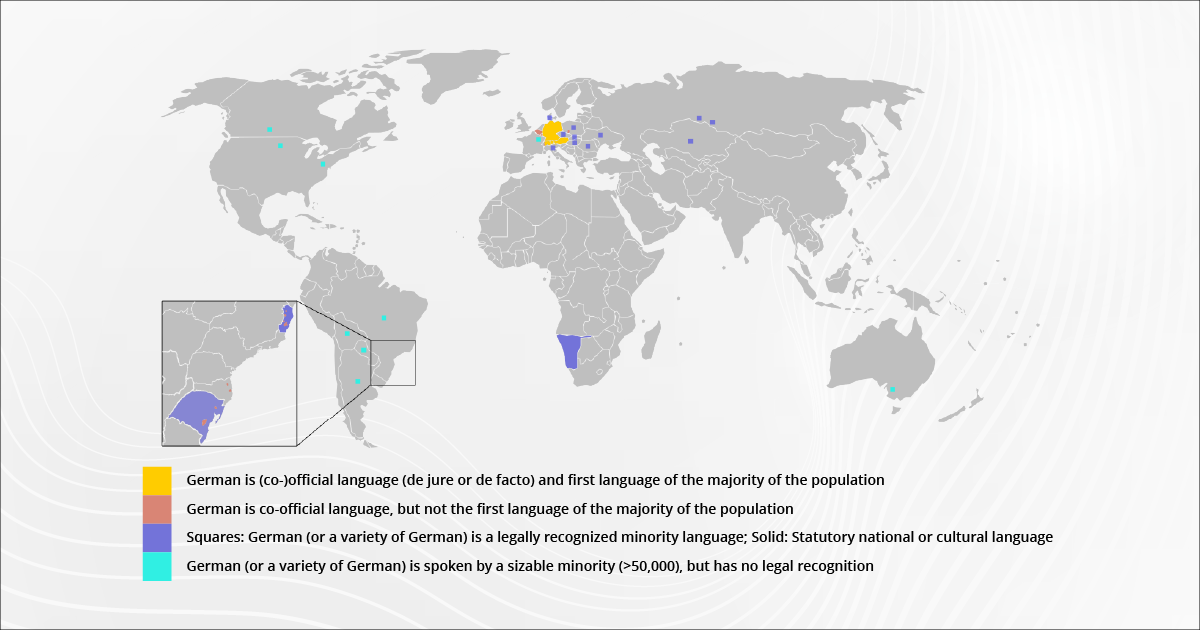
Countries Where German Is an Official Language
Germany
Home country of the German language, Germany has over 80 million native German speakers, making it the highest population of standard German speakers.
Germany is known for its automotive industry, cultural festivals like Oktoberfest, and historic sites like the Wall of Berlin.
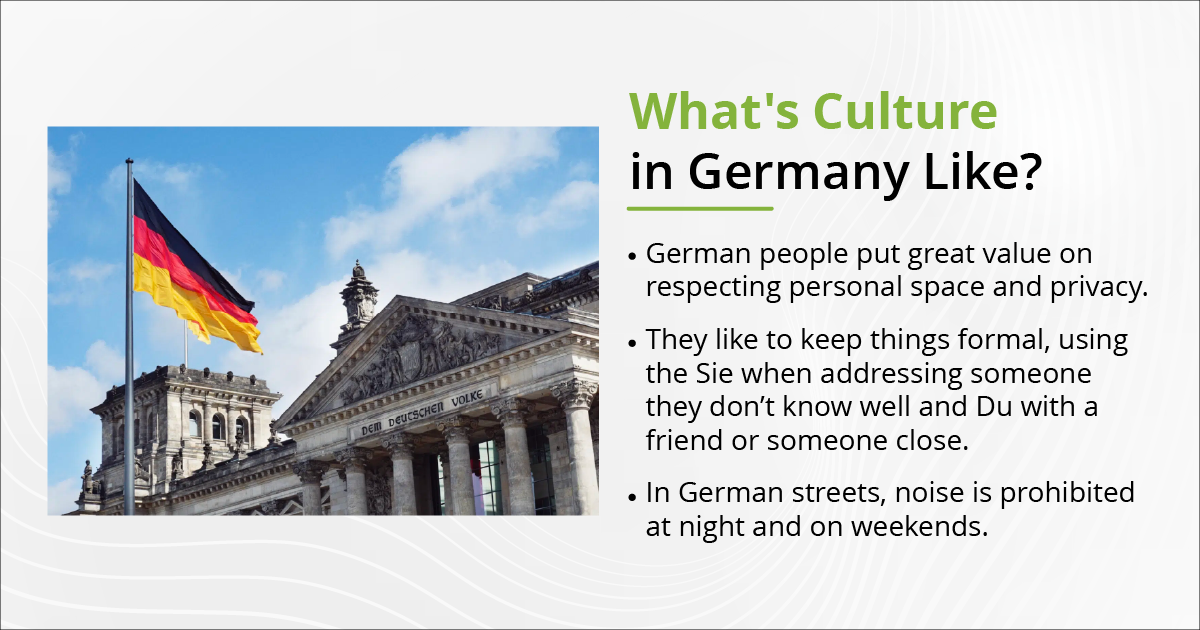
Austria
Austria’s population is around 9 million, and more than 90% of it speaks the distinct Austrian German dialect.
Austria is known for its baroque architecture, folk music, and skiing activities in the Alps. All of which have contributed to Austria’s top industry, tourism.
Switzerland
Described as “heaven on Earth,” Switzerland is known for its mesmerizing nature, cheese, chocolate, and the world’s most advanced financial and banking system.
It has 4 official languages: German, French, Italian, and Romansh. The most spoken language out of the four is German, with over 60% of the population speaking it.
Belgium
The official languages in Belgium are French, Dutch, and German, the languages of its 3 neighboring countries.
Each language is official in a certain region in Belgium, and about 22% of the population can speak German, showing a high degree of fluency.
Belgium is the nation of chocolate, the land of music festivals (like Tomorrowland), and the inventor of famous comics like The Smurfs, Tintin, and Lucky Luke.
Luxembourg
A small, landlocked country in western Europe, Luxembourg’s population is estimated to be over 670,000 people. Its 2 official languages are German and French, with around 78% of Luxembourg’s population speaking German.
Liechtenstein
Liechtenstein is such a small state that it’s actually called a “microstate.”
With a population of 40,000 spread over 62 square miles, German is the national language in Liechtenstein.
German as a Minority Language
German is not an official language in the following countries; however, it is still widely spoken among recognized minority groups.
Province of South Tyrol, Italy
The Province of South Tyrol has around 350,000 German speakers, which make up 70% of its population.
Due to the Province’s history of being previously ruled by Austria and then becoming part of Italy, there are 3 languages spoken there: German, Italian, and Ladin.
Namibia
Namibia is the only German-speaking country in Africa. Its population is estimated to be 3 million, with around 20,000 native German speakers.
The country has been a German colony up until the end of WWI, leading to the creation of Namibia’s own variation of German, called Namsläng or Namdeutsch.
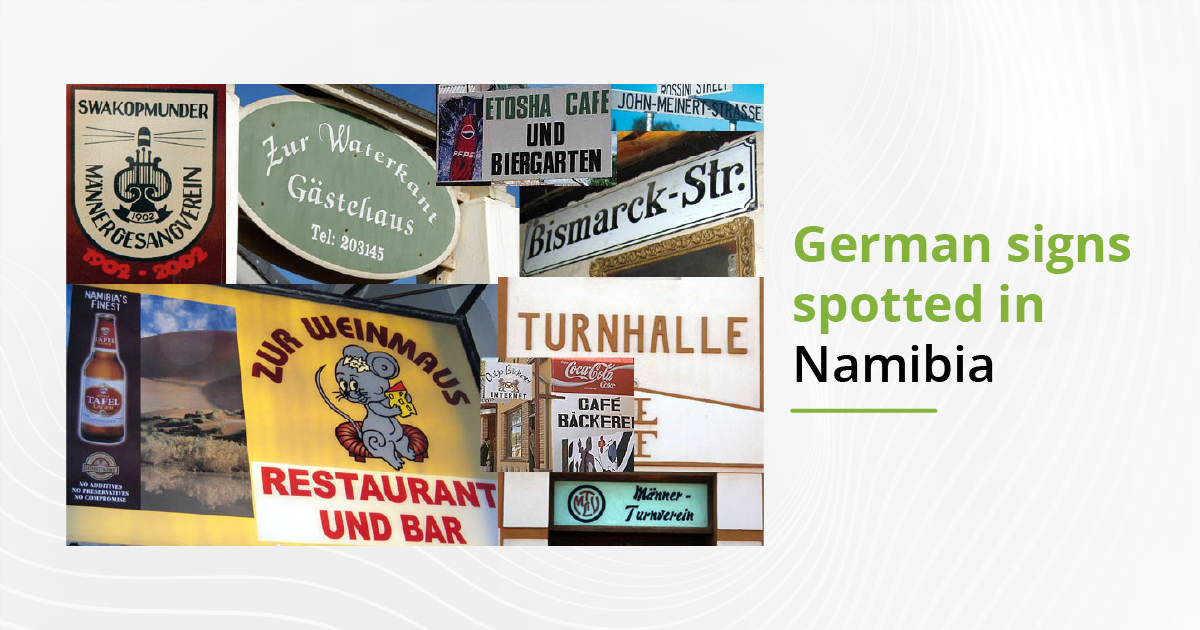
Poland
The largest minority in Poland is the German minority; the German language is spoken in areas where most of the German community resides, like Opole Voivodeship and Silesian Voivodeship.
The Global Reach of the German Language
Even though German may not be recognized as an official or a minority language in these countries, it is still widely spoken in the US, Brazil, and France.
United States
According to the Bureau of the Census, by 2022, the number of American people of German ancestry was about 41 million, making up 12% of the population.
Now, over 1.4 million people speak German as a second language, particularly in states like Wisconsin and North Dakota.
Brazil
As a result of waves of immigration to Brazil, German became one of the prominent minority languages spoken in Brazil. Regions like Rio Grande do Sul have preserved German dialects.
France
Alsace is a region in eastern France that Germany and France have disputed over throughout history. Alsace is now recognized as part of France.
According to France’s Culture Ministry, half of the population speaks the German dialect.
Standard German vs Swiss German
German dialects vary in terms of pronunciation, spelling, and even grammar.
Here’s a brief comparison of standard German vs Swiss German to show the importance of German localization according to dialect and region.
| Standard German | Swiss German |
| Uses the letter Eszett, ß Example: Weiß (white) | Uses ss instead of ß Example: Weiss (white) |
| Standard German speakers use the past simple. Example: Ich ging (I went) Er war (he was) | Speakers often use the present perfect tense instead of the past simple. Example: Ich bi gange (I have gone) Är isch gsi (he has been) |
| The word for bread roll is Brötchen, bell pepper is Paprika. | The word for bread roll is Brötli or Weckli, bell pepper is Peperoni. |
Why German Translation Is Important for Businesses
Other than language, German-speaking countries share a very important factor: a powerful economy.
Because the German-speaking market offers great opportunities for businesses to grow and thrive, German translation has become a priority for most business leaders. Here’s why:
- Germany has the largest economy in Europe and the fourth globally, being a leader in the manufacturing and automotive industry as well as the chemical and scientific innovation industry.
- Switzerland’s stable economy has ranked among the 20 largest economies in the world. Its GDP per capita ranks 4th on a global scale, according to Statista.
Its top industries are chemicals and pharmaceuticals, electronics, watches, banking and insurance, and tourism.
- Austria’s travel and tourism industry is expected to reach $6,315 million in 2025 and is expected to grow at an annual rate of 3.55%.
Businesses looking to succeed in these markets must understand the cultural nuances of the German language and its many dialects. That’s where our German translation services come in, as we guarantee cultural and linguistic accuracy.
Fun Facts about the German Language
- German capitalizes all its nouns, and not just proper nouns like in English.
- Some words only exist in German, like Wanderlust (an impulse to travel) and Fernweh (the opposite of homesickness, yearning for a far place).
- German has 3 genders, Der, Das, and Die. All nouns are gendered and the only way to know each word’s gender is to memorize it, which is a common struggle for German learners.
- The German alphabet has special characters, like Ä, Ö, Ü, and ß.
- German relies on compound words, hence its reputation for containing super long words. For a more in-depth insight on German’s level of difficulty, check this blog.
- English has a lot of German loanwords, like kindergarten and poltergeist.
bayantech’s German Translation Services for Global Expansion
If your business is ready to expand in German-speaking countries, bayantech offers you a wide range of language solutions, including translation and localization into German.
Our project managers will be with you along the way to make sure all your translation needs are met. Send us your project to get a free consultation.

